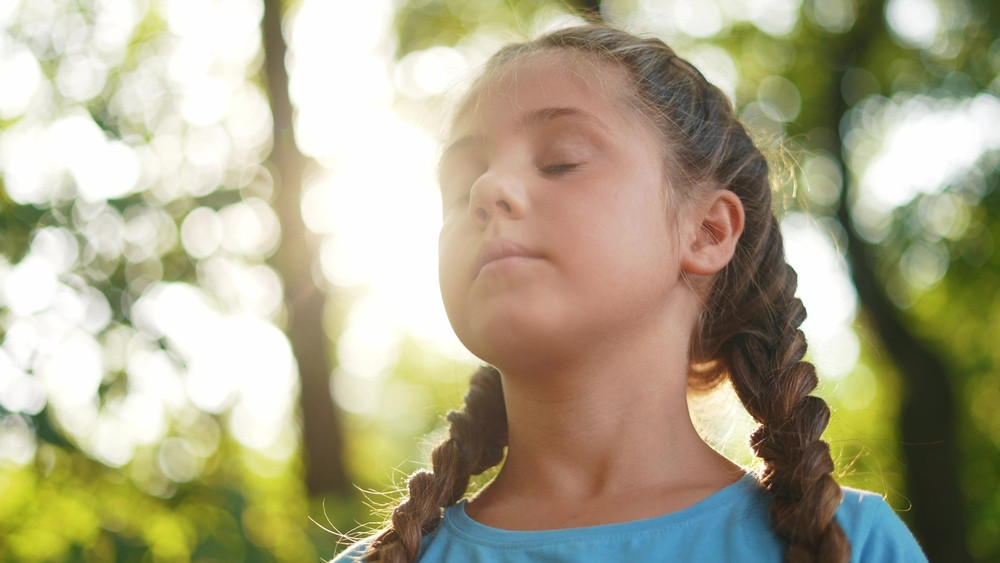Tips for the Holiday Period
Psychology
Speech Pathology
Occupational Therapy
The long holiday period is something many families look forward to – but it can also feel daunting.
Read blog
Eight Common Myths About Autism
Psychology
Speech Pathology
There’s a saying that if you’ve met one person on the autism spectrum, you’ve met one person on the autism spectrum.
Read blog
How OTs Can Build Your Child’s Self-Esteem
Occupational Therapy
Psychology
Every parent wants their child to feel capable, confident, and proud of who they are.
Read blog
Helping Your ADHD Teen Build Social Skills
Psychology
Speech Pathology
For many teenagers with ADHD, navigating friendships can feel confusing and, at times, completely overwhelming.
Read blog
Why Detecting ADHD Early Matters
Psychology
Occupational Therapy
Attention-Deficit/Hyperactivity Disorder isn’t just about being a bit distracted or full of energy. When left undiagnosed and unsupported, ADHD can quietly but profoundly impact many areas of a person’s life, often from a very young age.
Read blog
Top 8 Myths About ADHD
Psychology
Occupational Therapy
Attention Deficit Hyperactivity Disorder (ADHD) is one of the most misunderstood conditions out there. Thanks to outdated beliefs and misinformation, plenty of myths still circulate about what ADHD is and isn’t.
Read blog
How to Introduce Mindfulness to Your Child
Psychology
Helping your child discover mindfulness can be a wonderful way to support their emotional, cognitive, and social development.
Read blog
Help Your Child Settle into the New School Year
Psychology
Speech Pathology
Occupational Therapy
As the new school year begins, many children and teenagers experience a mix of excitement and anxiety. From a child’s perspective there is a lot to worry about.
Read blog
What is Interoception?
Occupational Therapy
Psychology
Interoception is a fascinating and often overlooked aspect of our sensory experience that plays a crucial role in how we understand and respond to our bodies.
Read blog